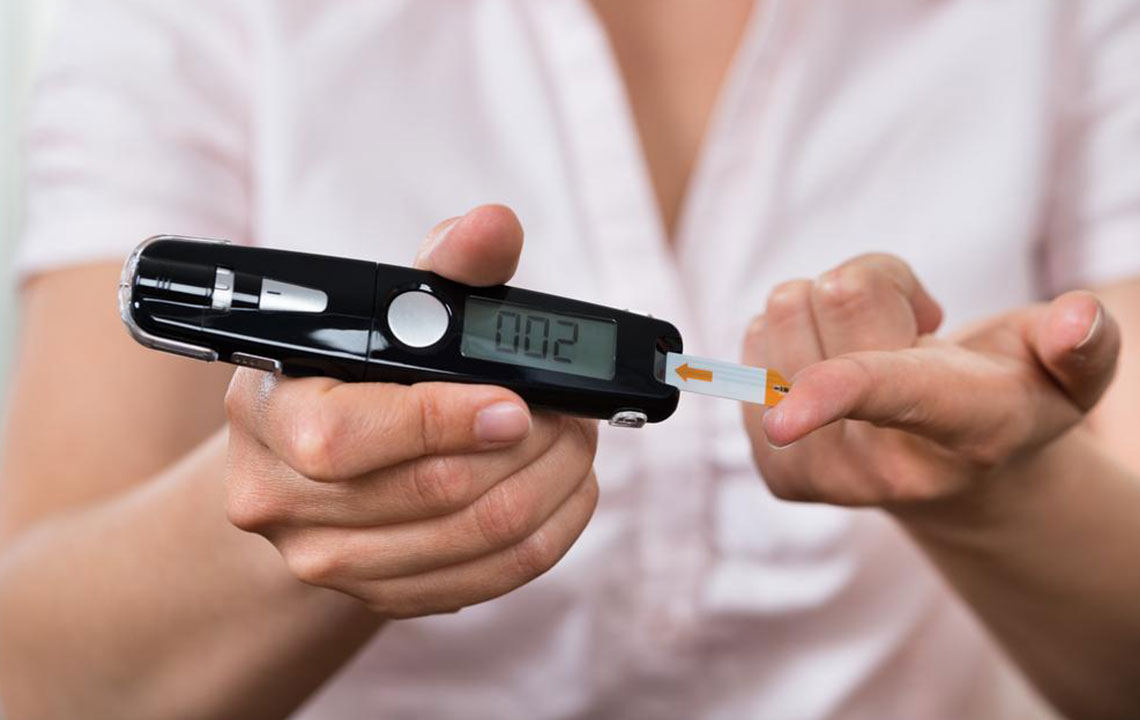All You Need to Know about Blood Sugar Testing

Testing the blood sugar is vital for a person if their diabetic blood sugar level is critical. For people who are diabetic, self-testing of the blood sugar can help them manage the kind of treatment which might be required.
This blood sugar level can be tested at home with the use of a small glucose meter which can measure the diabetic blood sugar level.
Need for testing the diabetic blood sugar levels
People who suffer from diabetes and their diabetic blood sugar level is critical benefit a lot from testing. In addition, the blood sugar testing or the self-monitoring of blood glucose can also provide a range of ways in which management of diabetes can be done.
This checking of diabetic blood sugar level will help a person judged on how he or she is reacting to the treatment goals. Such testing will also help in understanding on the exact course in which diet and exercise are affecting the blood sugar levels. This testing will also help in understanding the ways in which illness is affecting the blood sugar levels. In addition, high and low blood-sugar levels are also checked through such testing.
When blood sugar testing should be done
A doctor is an appropriate person to decide the timing as to when this diabetic blood sugar level testing is to be done. This blood sugar testing also depends upon the intensity of diabetes and the treatment plan to be followed.
Type 1 diabetes
In case a person is suffering from type 1 diabetes, the doctor might recommend blood sugar testing four to eight times a day. This testing should ideally be done before a person takes meals, before or after any kind of exercise has been done and occasionally during the night hours. If illness strikes a person with impunity, this checking for the blood sugar level might be carried out more often.
Type 2 diabetes
People who take insulin to manage the type 2 diabetes might have to test for the blood sugar level two to three times in a day. This depends upon the amount of insulin the person needs. This kind of testing is usually recommended before the meals or can be done after dinner in some cases. If this kind of diabetes is being managed through exercise, testing for blood sugar need not be carried out on a daily basis.
The target range for blood sugar level
The target blood sugar test results are judged on a combination of factors which include type and severity of diabetes, age of the person, the duration since when the person has been suffering from diabetes, pregnancy status of the patient in case the person happens to be an expecting mother, presence of diabetes complications and overall health of the person.
The target diabetic blood sugar level should ideally be:
• It should be between 80 to 120 milligrams per deciliter for people who are around 59 and other younger people who have no such underlying medical condition.
• The blood sugar level should be between 100 to 140 milligrams per deciliter for people of 60 and above years. This blood sugar level is also applicable for people who have other medical conditions including lung, kidney or heart diseases.
People who have blood sugar levels beyond these categories clearly fall in the diabetic patient category and should take all the precautionary measures and medications to avoid the situation from turning complicated at a later stage.
Testing the blood sugar level
People who have critical diabetic blood sugar level should know the process of testing the blood sugar level so that they can take appropriate measures to get rid of this complication.
A glucose meter is ideally used for testing the blood-sugar levels. This meter ideally reads the amount of sugar in the sample of blood that has been used for testing. This blood is usually taken from the fingertip.
The person who intends to conduct this test must wash and dry the hands at the first instance. A test strip is put inside the meter. The fingertip needs to be priced with a needle which has been provided in the test kit. The finger should then be squeezed a little unless a drop of blood accumulates. The edge of test strip should be held close to the finger so that the drop of blood goes into the strip.
The meter will then display the blood glucose level in a short time. If the blood glucose levels are higher than what has been recommended above, it is a clear sign that diabetes is not getting better. In such cases, immediate medical help should be taken.
People who use this technique on a regular basis to test the blood sugar level should also get the meter checked with the doctor to understand if they are doing the process correctly.
Diabetes is a serious health ailment and diabetic blood sugar level be controlled if required measures are taken in the nick of time, in consultation with medical professionals.


